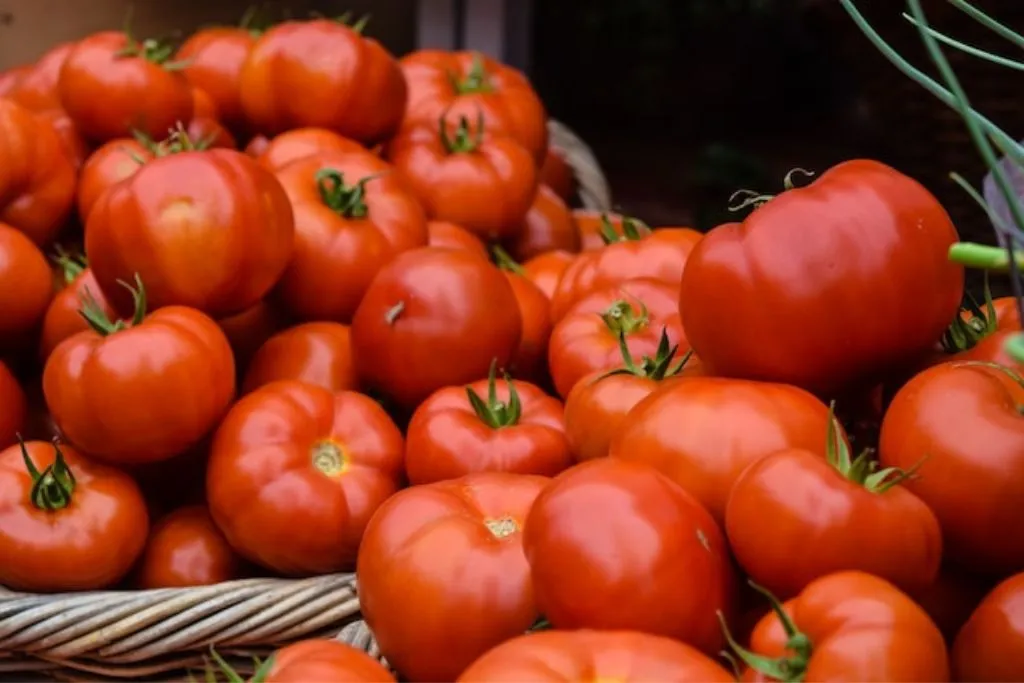How to Grow Pumpkin at Home in India : Cultivating pumpkins in your Indian home garden can be an enriching experience. Pumpkins are a versatile vegetable that can enhance a multitude of dishes, from savory curries to delectable pies. Here is a comprehensive, step-by-step guide to growing pumpkins in India:
Step 1: Opt for the Right Pumpkin Variety
Start by selecting a pumpkin variety that suits your specific region in India. Popular options include the Indian pumpkin (Kaddu), Ash gourd (Petha), and Bottle gourd (Lauki).
Step 2: Choose the Perfect Planting Spot
Pumpkins thrive in abundant sunlight, so carefully pick a garden location that receives a minimum of 6-8 hours of direct sunlight daily. Ensure proper drainage to prevent waterlogging, as pumpkins are sensitive to overly saturated soil.
Step 3: Soil Preparation
Pumpkins flourish in well-draining and nutrient-rich soil. Enhance your soil’s fertility by incorporating organic matter like compost or well-rotted manure. Aim for a slightly acidic to neutral soil pH, ideally around 6.0 to 7.0.
Step 4: Begin Planting
In India, pumpkins are usually grown from seeds. You can acquire seeds from a local nursery or extract them from a mature pumpkin. Plant the seeds directly into the soil or initiate them in pots, subsequently transplanting the seedlings. Ensure that the seeds are planted approximately 1 inch deep and spaced 2-3 feet apart in rows.
Step 5: Adequate Watering
Consistently water the pumpkin plants to maintain soil moisture, ensuring it remains consistently damp but not waterlogged. Morning watering is recommended to allow the leaves to dry during the day.
Step 6: Fertilization
When the plants begin to produce vines and as the initial flowers emerge, apply a balanced fertilizer or compost. Additionally, you can utilize a diluted liquid fertilizer in a foliar spray to provide essential nutrients to the plants.
Step 7: Mulching
Enhance moisture retention, curb weed growth, and maintain a consistent soil temperature by mulching the soil around your pumpkin plants.
Step 8: Consider Trellising (Optional)
If space is limited or you wish to protect your pumpkins from rot, contemplate implementing trellises or support structures for the vine growth.
Step 9: Manage Pests and Diseases
Vigilantly monitor for common pumpkin pests such as aphids, squash bugs, and cucumber beetles. Employ either organic or chemical pesticides as necessary. Keep a close watch for signs of diseases like powdery mildew and downy mildew, and apply suitable preventive measures.
Step 10: Harvesting
Pumpkins typically become harvest-ready 75-100 days after planting, contingent on the specific variety. Harvest when the pumpkin’s skin has hardened and fully developed its characteristic color. Leave a few inches of stem attached to the pumpkin to extend its shelf life. Employ a sharp knife or pruning shears to carefully cut the pumpkin from the vine.
By adhering to these guidelines and giving due attention to the growth conditions, you can relish a bountiful pumpkin harvest right from your Indian home garden. Fresh and flavorful, these homegrown pumpkins will enrich your culinary endeavors.


